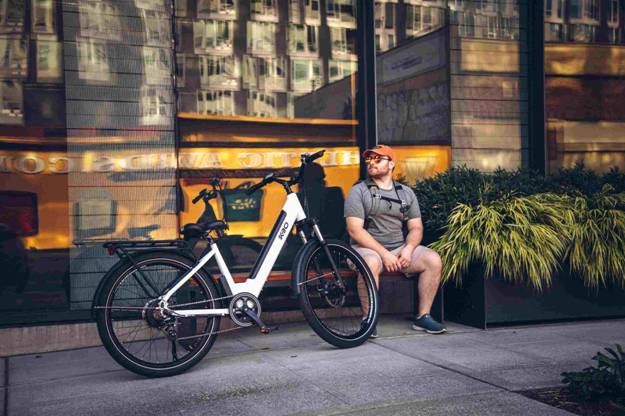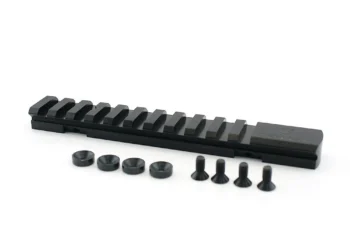Introduction
When it comes to commuter e-bikes, there are a lot of expectations. As an option mostly explored to downsize extra cars and avoid paying for public transportation, commuter e-bikes can perform impressively among other motorists. It must be able to weave through early morning traffic easily while storing enough charge to power your commute. And it better go fast.
The KBO Breeze and the CrossCurrent S2 are two of the best commuter e-bikes currently available to explore. Their exquisite design and features have raised questions among cyclists. What similarities do both e-bikes share? With the price difference between them, how further apart are they in quality? For enthusiasts and others interested in knowing the difference between the KBO Breeze and the CrossCurrent S2, scroll down for more.
Comparing KBO Breeze VS CrossCurrent S2
| KBO Breeze | CrossCurrent S2 | |
| Motor | 750W | 750W |
| Battery | 48V, 16Ah | 52V, 15Ah |
| Top Speed | 28 mph | 28 mph |
| Range | 55+ miles | 65 miles |
| Step-thru option | Yes | No |
| Payload Capacity | 300bs | 275 lbs |
| Gear | 7-speed Shimano | Shimano 9- speed |
| Price | $1,349 | $1,599 |
Electrical
- Battery Range and Capacity
The battery range is the total distance you can travel on a single complete charge. Battery range and capacity are important because they are key factors to how long you can use electric power during your rides. The KBO Breeze uses a 48V 16Ah lithium-ion Samsung battery of 768Wh capacity. On this, you enjoy a range of up to 55 miles of commute on a single complete charge. On the other hand, the CrossCurrent S2 uses a 52V 15Ah battery that can provide a range of up to 65 miles on a single complete charge.
- Motor Power
If you live in an area with rocky or hilly roads, you need an e-bike with enough motor power. This will help you accelerate better and crush hills easily. You also enjoy smoother trips commuting with your stuff or a ton of groceries. The KBO Breeze uses a powerful peak 750 brushless geared hub motor which is sustained at 500W for riding smoothly on rocky terrain. The CrossCurrent S2 uses a 750W rear-gear hub motor. With the higher torque provided by both e-bikes, you can enjoy faster acceleration, even on uphill climbs.
- Charger
The e-bike charger is necessary for getting to a full 100% on the battery, preferably in time. The best charger for your e-bike is the one included by the manufacturer in your box. By helping your e-bike battery top up faster, the charger should reduce the time you spend trying to charge between rides.
The KBO Breeze is equipped with a 48V 3 Amp quick and smart charger that completes the entire process in less than 5 hours. The CrossCurrent S2 uses a 24 Amp charger that can fill up the battery in about 7 hours.
Mechanical
- Top Speed
The top speed of an electric bike is a sign of quality from the manufacturer. E-bikes are regulated under bicycle laws in most states, with a speed limit of about 22 mph. This is also the top speed set for many e-bikes by manufacturers. With the KBO Breeze, you enjoy a top speed of up to 28mph. The CrossCurrent S2 provides a top speed of 28mph, which can be peaked at 33mph when you switch to “race mode.”
- Gears
When commuting, you must be ready for any terrain you venture onto. To this end, your e-bike must be equipped with a high-quality derailleur system that can change gears as soon as necessary. Without this, adapting to different terrains on demand will be more difficult. The KBO Breeze uses a Shimano 7-speed derailleur system, which provides smooth rides by adapting to various terrains. The CrossCurrent S2 uses a Shimano 9-speed derailleur system with more gears for smooth transitioning.
- Tires
The tires of an e-bike determine the level of traction you enjoy when pulling the brakes. To this end, some e-bikes are equipped with fat tires. These cover more surface area and provide better stability on rides. KBO Breeze uses 27.5″ x 2.4″ tires, which cover more ground during commutes. Wider tires provide better balance for a smoother ride. This makes them preferred for riding across different road conditions. The CrossCurrent S2 uses 28″ x 1.75″ tires, which are thinner.

Physical
- Payload Capacity
The payload capacity of an e-bike is the amount of support it provides for the weight of the rider and their staff or passengers. An e-bike with a high payload capacity is needed if you weigh about 250 lbs and above. The aluminum frame of the KBO Breeze provides a payload capacity of 300 lbs to support your commute. The CrossCurrent S2 has nearly as much, with 275lbs of frame support for your total riding weight.
- Frame
The frame is an intriguing aspect of e-bike manufacturing. High-quality e-bikes tend to be built with light, durable materials like aluminum. This way, you have an e-bike with a strong frame that is surprisingly light and convenient to carry. The KBO Breeze is built with solid aluminum and weighs only 62 lbs. This means it can be lifted up easily for storage. The CrossCurrent S2 is also made of solid aluminum and weighs about 60 lbs without accessories.
- Price
Electric bicycles are generally cheaper than cars, but not that low in price. The inexpensive nature of e-bikes is borne from their low maintenance costs, zero gas fees, and zero public transport costs. The CrossCurrent S2 will cost you $1,599, but the KBO Breeze is offered at $1,349. A stark difference is noticed in both e-bike prices, with the KBO Breeze costing about $250 less. The KBO Breeze is a better option to save more.
In Conclusion
In comparing the KBO Breeze and the CrossCurrent S2, we considered several great product quality, price, and performance. From the above, it can be inferred that both e-bikes provide top-notch commuting.
Being almost evenly matched in quality and performance, the KBO Breeze stands out because of its exceptional price offering. Buying the KBO Breeze includes free accessories, such as the aluminum full fenders, a 16-in-1 toolkit, a rear rack, and a water bottle holder. Talk about a perfect commuting beast that works with your budget.







